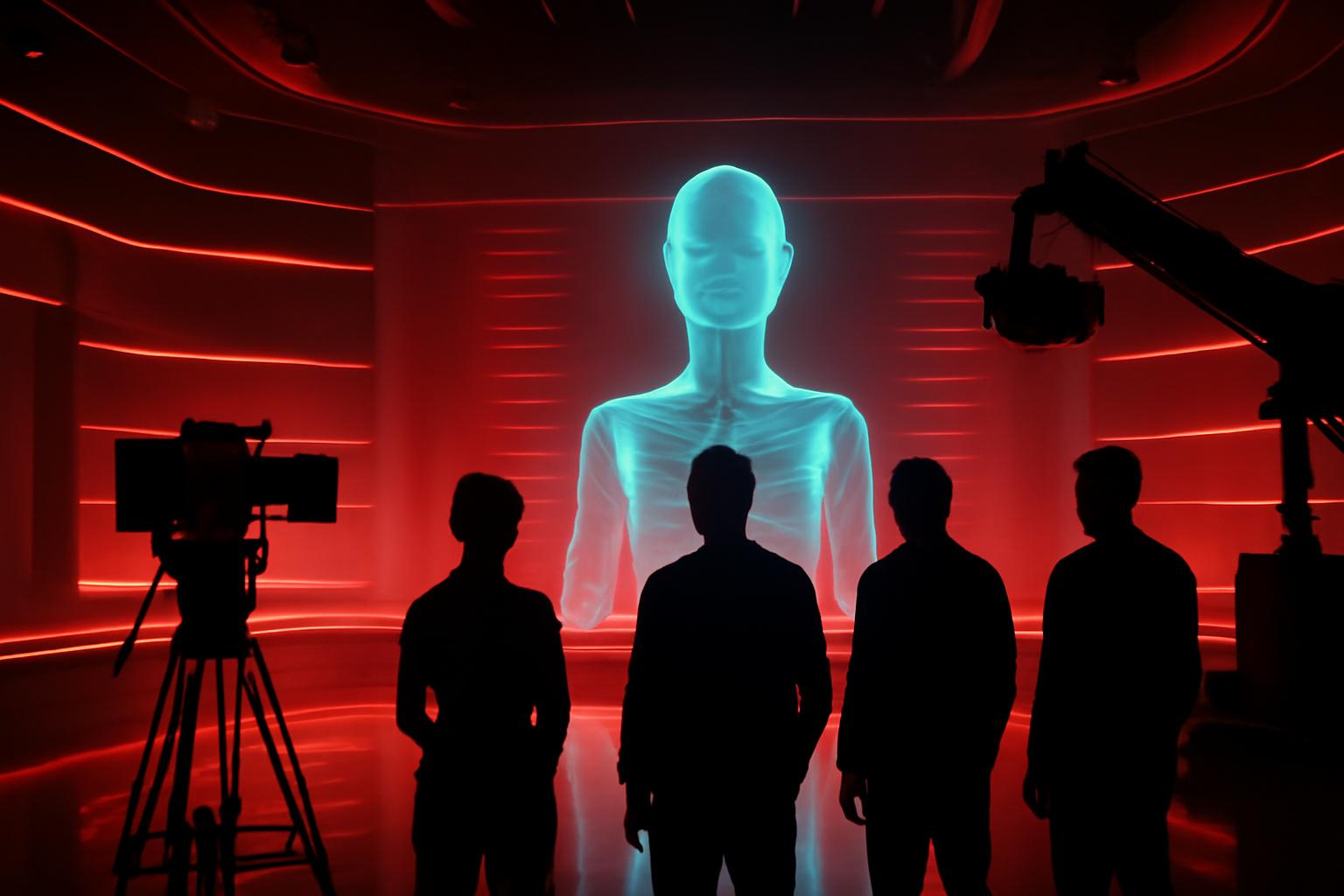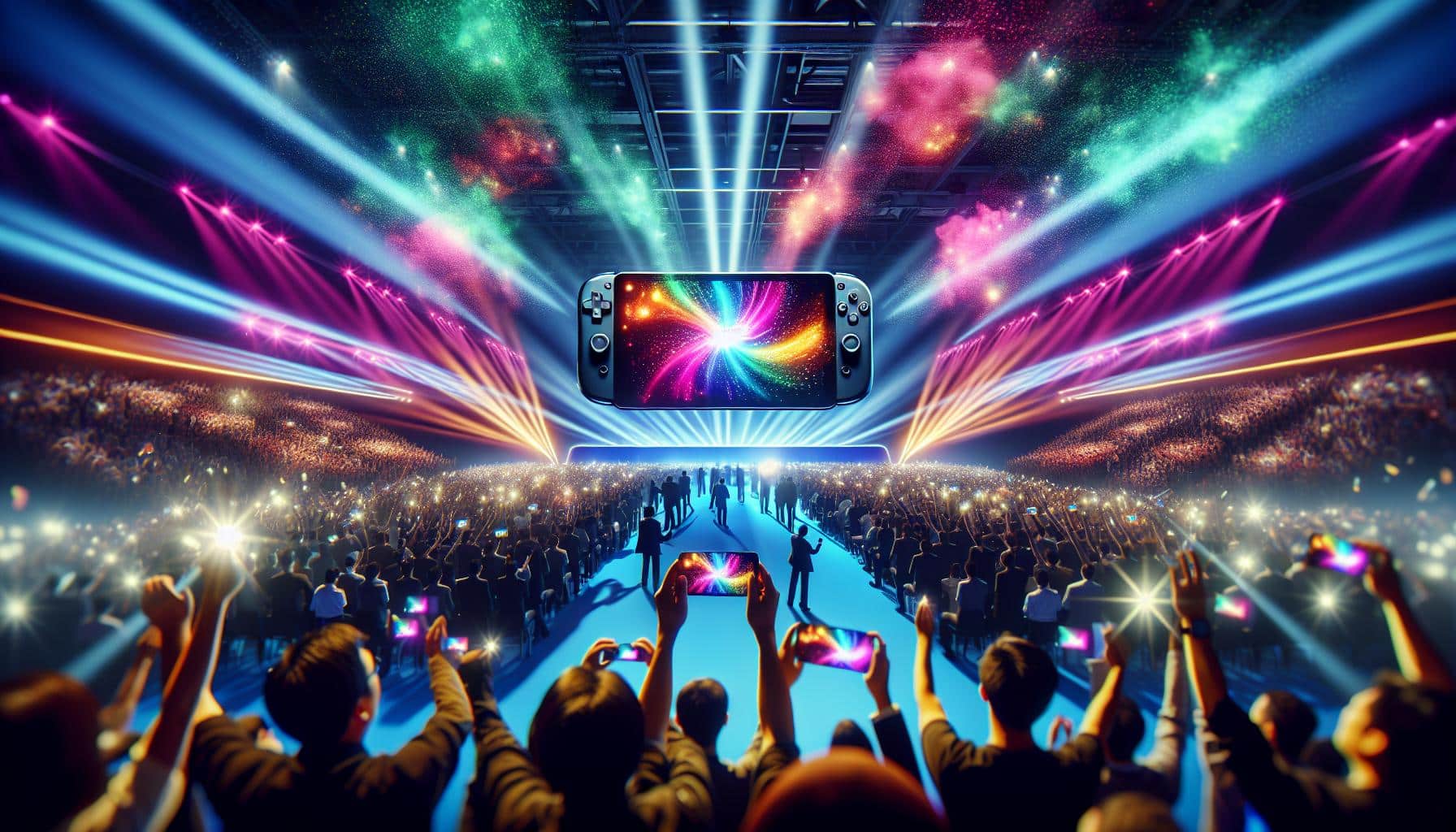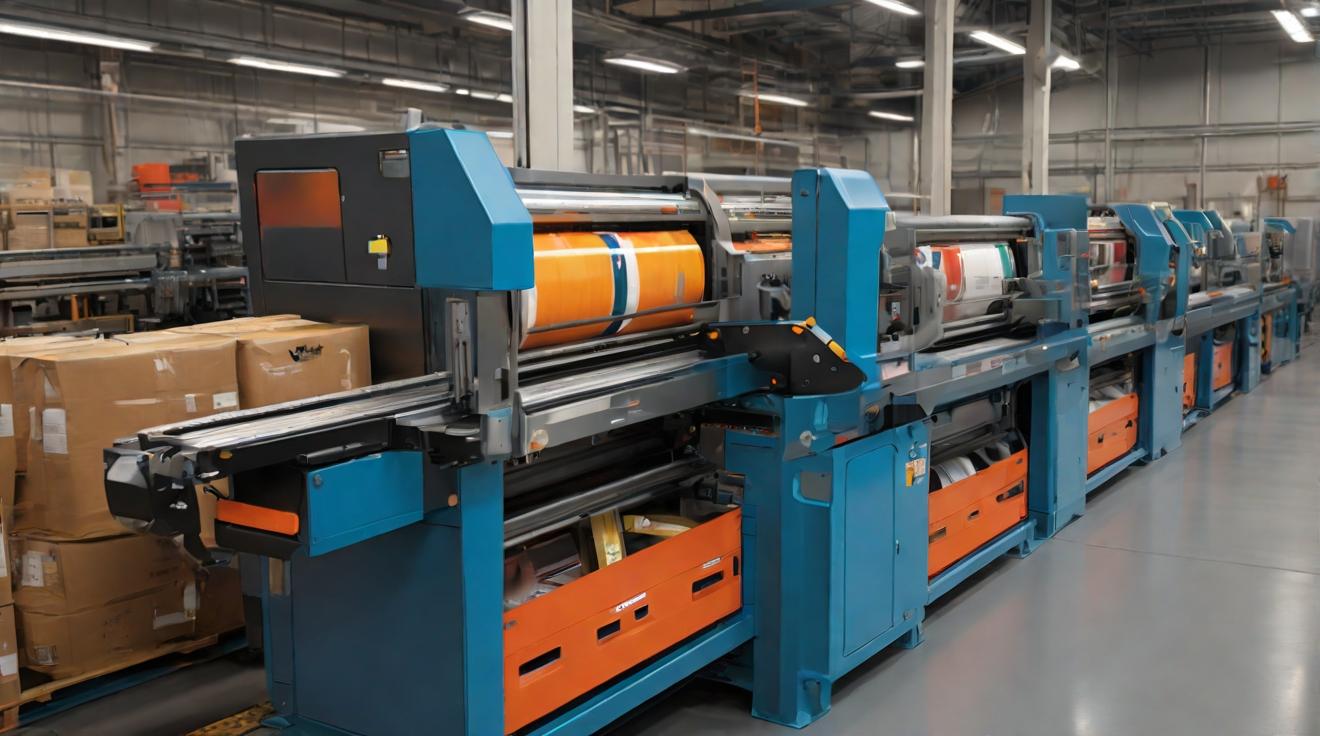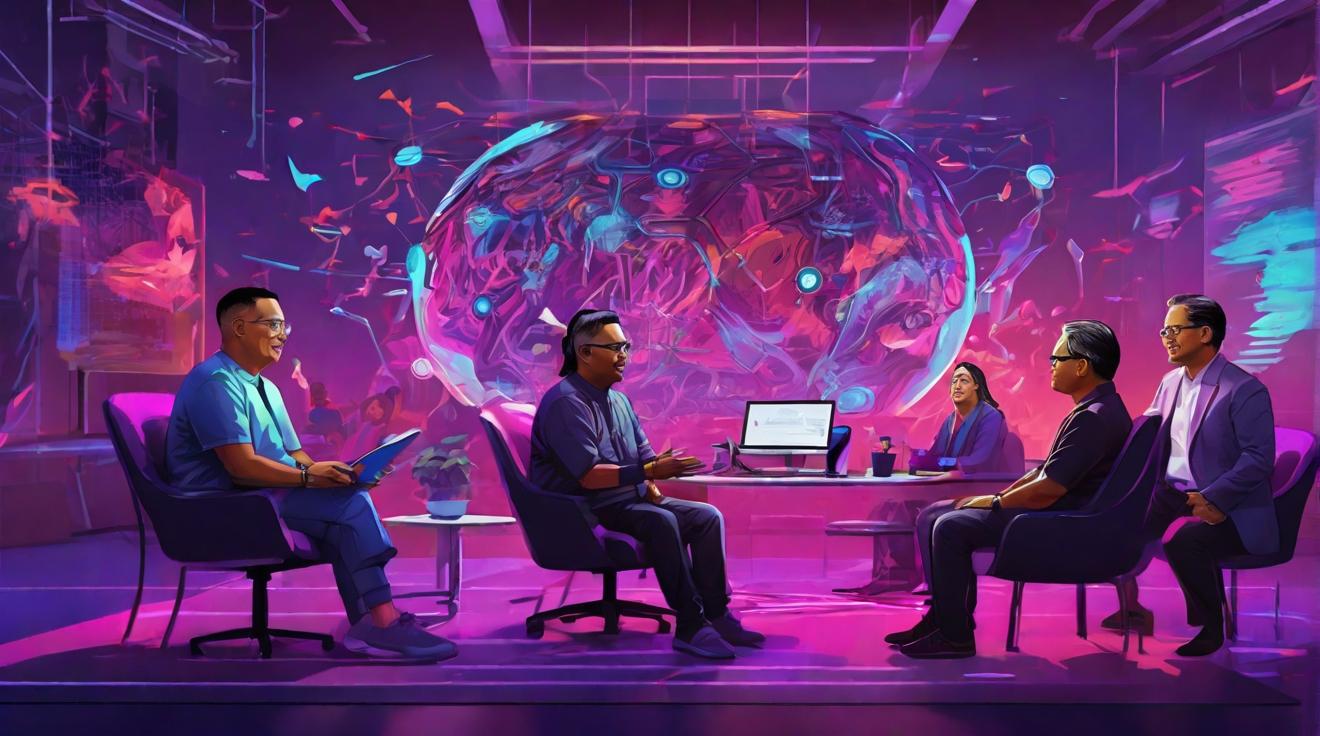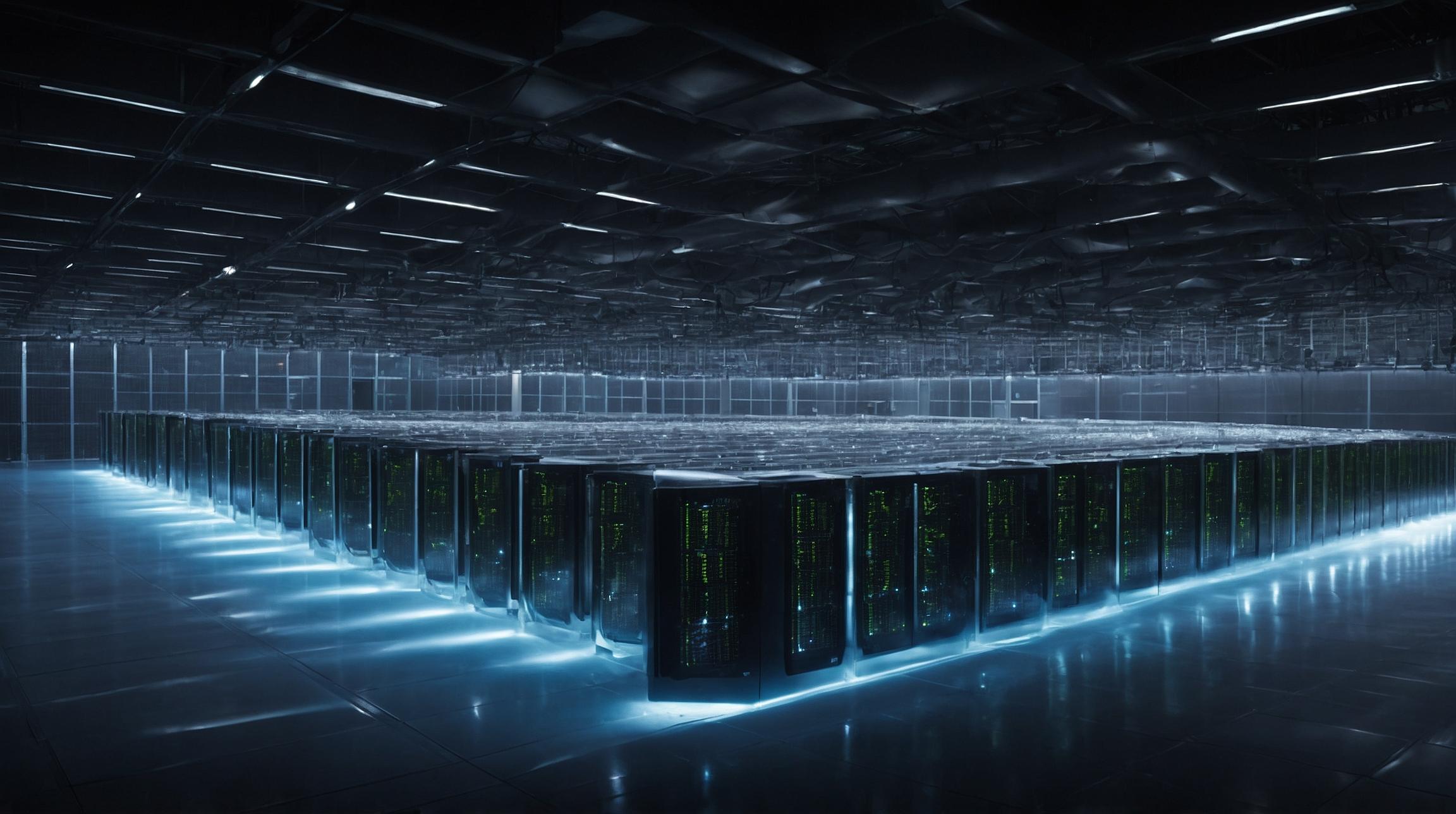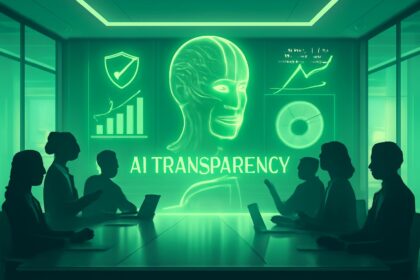AI-Generated Actress Tilly Norwood Ignites Hollywood Controversy
London-based Tilly Norwood, an AI-created actress boasting nearly 40,000 Instagram followers, has become a lightning rod for debate in Hollywood. Created by Xicoia, the artificial intelligence division of production company Particle6, Norwood challenges traditional notions of acting and raises ethical questions about synthetic performers in the entertainment industry.
Dutch producer Eline Van der Velden, founder of Particle6, unveiled Tilly Norwood at the Zurich Film Festival in September and is currently seeking representation for the AI character. However, the reception from Hollywood has been largely negative, with prominent actors and unions sounding alarms about the potential impact of AI on human artistry.
“Good Lord, we’re screwed. That is really, really scary,” said actress Emily Blunt, known for roles in The Devil Wears Prada and Oppenheimer, during a podcast with Variety. “Come on, agencies, don’t do that. Please stop. Please stop taking away our human connection.”
Blunt’s reaction underscores a growing concern among performers that AI-generated actors may erode the fundamental human element that defines their craft.
SAG-AFTRA Denounces Use of AI Characters Without Consent
The Screen Actors Guild‐American Federation of Television and Radio Artists (SAG-AFTRA) issued a strong statement condemning the creation and use of synthetic performers like Norwood.
“‘Tilly Norwood’ is not an actor, but a computer-generated character trained on the work of countless professional performers without permission or compensation,” SAG-AFTRA stated. “It lacks life experience and emotion, and audiences have shown little interest in content detached from the human experience. This practice threatens actor livelihoods and devalues human artistry.”
The union emphasized the need for contractual safeguards, warning producers that synthetic performers cannot be used without proper notice and bargaining, reflecting ongoing industry efforts to protect human talent amid advancing AI capabilities.
Particle6 Defends AI Actress as Artistic Innovation
In response to the backlash, Eline Van der Velden posted on Tilly Norwood’s Instagram, framing the AI character not as a human substitute but as a creative work designed to spark dialogue about the future of art and technology.
“She is not a replacement for a human being, but a creative work — a piece of art. Like many forms of art before her, she sparks conversation, and that in itself shows the power of creativity,” Van der Velden wrote.
This defense highlights the tension between innovation and preservation of human creativity in the evolving entertainment landscape.
Broader Implications for AI in Entertainment
The release of advanced AI tools like OpenAI’s Sora 2 has intensified concerns around the use of synthetic media. Industry groups such as SAG-AFTRA and the Writers Guild of America continue to advocate for strict contractual protections to prevent the replacement of human performers with AI-generated alternatives. The debate over Tilly Norwood exemplifies the complex challenges facing entertainment professionals as AI technologies become increasingly sophisticated and accessible.
FinOracleAI — Market View
The advent of AI-generated performers like Tilly Norwood presents a disruptive force within the entertainment industry, juxtaposing technological innovation against traditional human artistry. While such synthetic characters may open new creative avenues and cost efficiencies, they simultaneously raise ethical, legal, and economic concerns.
- Opportunities: New forms of storytelling and character creation; cost reduction in casting and production; expanded creative experimentation with digital personas.
- Risks: Potential job displacement for actors; erosion of human connection in performances; intellectual property and compensation disputes; audience rejection of synthetic content.
Impact: The controversy surrounding Tilly Norwood underscores the urgent need for regulatory frameworks and industry standards to balance innovation with protection of human artists’ rights and livelihoods.





